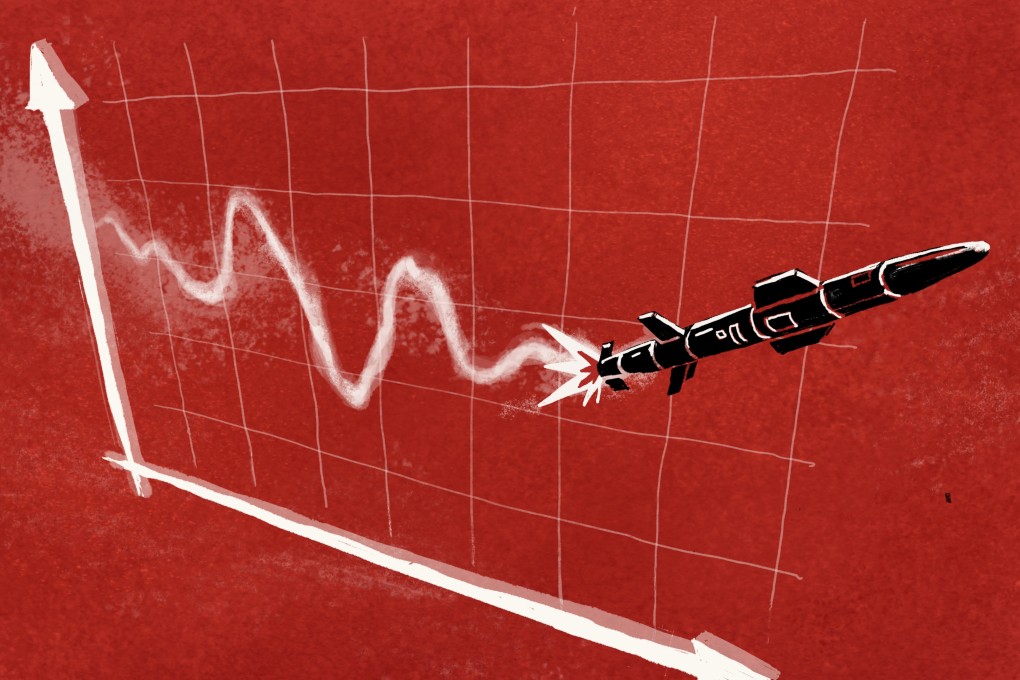China military may face tough year ahead as Beijing tightens purse strings
- An official budget figure for the PLA will not be announced at next month’s meetings but experts forecast small increase
- Spending will need to be balanced between China’s modernisation plans and recovery from the Covid-19 pandemic

China’s political elite will face a number of political challenges when they gather in Beijing next month for the year’s biggest legislative set piece – the meetings of the National People’s Congress and the Chinese People’s Political Consultative Conference, informally known as the “two sessions”. In this latest part of a series looking at the key items on the agenda, we examine the country’s military spending. You can read part one here.

03:42
SCMP Explains: The ‘two sessions’ – China’s most important political meetings of the year
Among other key indicators, such as China’s economic growth, pundits will be closely watching the 2021 session of the NPC – which opens on March 5 – for signs of the country’s military budget, which defence experts believe will be tight this year.